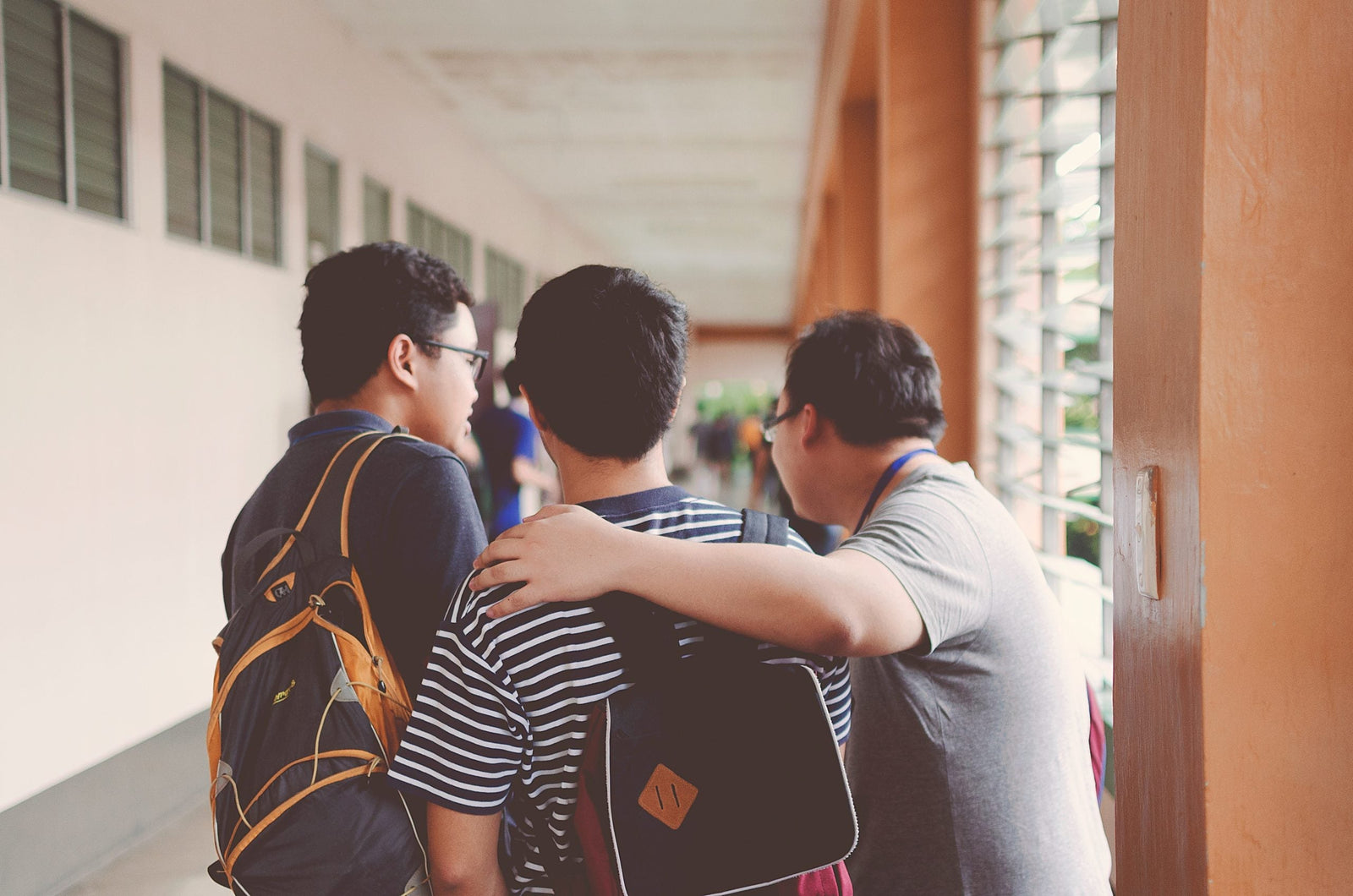Kids may not go back to school in September… IoT is here to help either way

Larry Bellehumeur |
For the past two months, my wife (along with millions of other parents) is doing her new day job: a 3rd and 9th-grade teacher. The kids are still doing a fair amount of work online through various platforms and seem to be maintaining some schedule. Like most parents, though, we are wondering how long this can continue as it is.
There has been an increasing number of reports in many areas that these practices will continue until there is a vaccine readily available. We are seeing this in many post-secondary institutions already moving to online only for the upcoming fall semester. So, how can we improve things if our kids are still home when September rolls around?
IoT is here to help, and it can help both if our kids do stay home or if the kids go back (requiring a fair amount of changes to keep them safe).
If the kiddies stay home
The idea of this does make me sad. One of my favourite commercials each year is the one from Staples where the parents sing, “It’s the most wonderful time of the year“ while shopping for school supplies.
In all seriousness, IoT can help solve two issues if the kids stay home.
Each morning when I was in school, the teacher yelled out our name, and we yelled back, “here or present.” We then were pretty much planted in our chairs unless we had permission to get up.
One issue with remote teaching is that teachers do not always know if kids are in front of their computers. It turns out that kids have figured out how to move around while on Zoom calls.
One forward-thinking school decided to use Bluetooth seat sensors for their kids. If the child were to get up for more than a couple of seconds, a teacher is notified.
The other issue has to do with connectivity. Many of us with super-fast Internet connections forget that a massive part of the population does not have such luxury, especially in rural areas.
One way to solve this is through the use of low-cost cellular routers. 4G provides enough bandwidth to get the job done, and today’s routers allow for unwanted / after-hour traffic to be blocked to prevent overages. The costs of each router can be made up by reducing spending on the upkeep of the schools.
If the kiddies go back
Yes, they are out of the house! But, how do we keep them safe and not have to shut the schools down again?
One of the main symptoms of the virus is an elevated temperature, so scanning the kids for fever is a must. However, waiting until they are inside is too late; they may pass along the virus on the bus or in the schoolyard. We need to move the scanners out to the edge of the school property or on the bus. Mobile IoT scanners can be hooked up to smartphones or cellular modems to make this happen.
Once they are on the property, we need to ensure that they are social distancing.
There are two ways, depending on the age of the children. For the younger ones, video scanning technology can help. It uses AI to note that kids are too close to each other and can keep track of this (in the event of a reported infection). For the older ones, we can use what is always in their pockets (or their hands)- their smartphones. In many jurisdictions around the world, Bluetooth-based tracking can track the distance between students and keep track of who may have been near an infected student.
The last thing has to do with kids being homesick. With temperatures being taken, more children will likely not be allowed to attend, often for up to 2-3 weeks at a time. This threatens to put them far behind their classmates. This is where smartboards come into play.
Now, the use of smartboards is far from new, but they are incredible for enabling the sharing of information. The teachers can easily share videos as well as the remote students, can easily see what is being written on the board. It also allows for improved interaction with the rest of the class.
Parents are excited for their kids to go back to school in the fall.
However, no one wants to put them into an unsafe situation. IoT can help not only keep them safe but also to help them thrive in these tough times